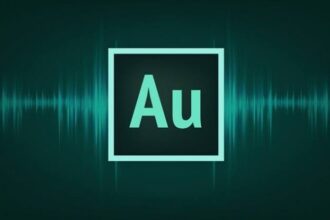Imagine stepping outside to a downpour, but instead of raindrops, the sky weeps crimson tears. This wasn’t a scene from a horror movie, but the unsettling reality faced by residents of Kerala, India, in 2010. For several days, parts of the state were drenched in a red rain, staining clothes, rooftops, and leaving people bewildered and scared.
People believed the blood-red hue wasn caused by some supernatural phenomenon. Local folklore certainly had its own colorful explanations. Some believed it was a divine warning, while others whispered of alien interventions. But science, ever the detective, sought a more earthly culprit.

Scientists eventually cracked the kerala case, attributing the red rain to an algal bloom. Microscopic algae, belonging to the species Trentepohlia annulata, had multiplied rapidly in nearby ponds and lakes. When strong winds swept them up, they hitched a ride on the monsoon clouds, eventually raining down on Kerala like crimson confetti.
While the mystery was solved, the experience left an indelible mark on the people of Kerala. The red rain became a talking point, a reminder of the strange and sometimes unsettling beauty of the natural world. It also highlighted the power of science in demystifying the unknown, even when faced with phenomena that seem straight out of a fairytale.
The Kerala red rain may be a thing of the past, but its legacy lives on. It serves as a reminder that the world is full of wonders, waiting to be discovered and understood. And sometimes, the most extraordinary stories are written not by fiction, but by the very brushstrokes of nature itself.


















